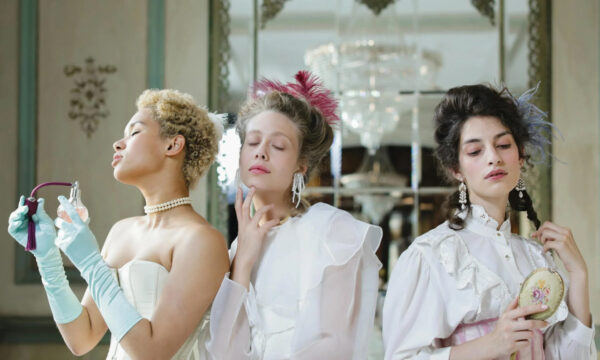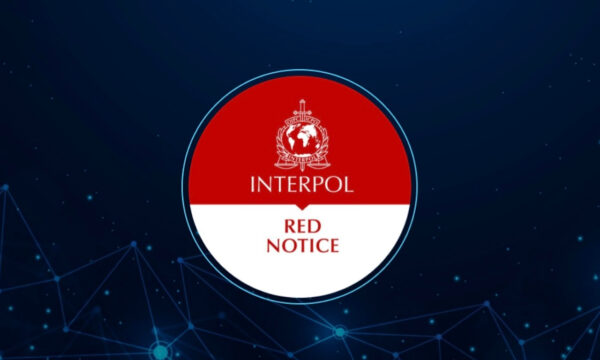Art therapy: Creativity at the service of mental health

It may be surprising to learn that art is a very effective therapeutic tool in treating pathologies associated with mental health. It is used in a separate discipline of psychology that, although initially conceived only for therapeutic purposes to explore new channels of communication of emotions between therapists and patients, has recently gained fame among those who only seek to explore themselves through art.
Art therapy is a discipline used as a means of expression that can help patients artistically express their emotions, release stress and overcome emotional problems. In addition, it also promotes certain healthy habits, both psychologically and socially. This type of therapy can effectively establish links between people with more severe psychiatric disorders, such as autism or schizophrenia. However, as mentioned previously, it is also useful in facing fears and personal blocks, past traumas or simply to help free individuals from the toxic energies that accumulate in daily life.
What is art therapy?
Art therapy is a type of therapy based on the creative process of art to improve mental wellbeing. Expressing one’s emotions through art can help deal with unresolved conflicts from the past, enhance self-awareness, improve self-esteem and assertiveness and reduce anxiety and stress. In turn, this helps improve attention and creativity in other contexts of life, such as at work or in interpersonal relationships.
For this reason, art therapists consider their work a technique for personal development and emotional expression, and apply it through different artistic manifestations: theatric improvisations, painting, music, writing, dance, and so on. Inner conflicts, fears, needs, anxieties, frustrations and other internal problems come to light through artistic forms of expression to be worked on and eliminated by other specialists in the field of psychology.
For this reason, many experts in this field advocate that art therapy sessions should be carried out in silence so that there are no external distractions that disconnect the artist from their work.
What are the origins of art therapy?
Even before the appearance of language, human beings have always used art as a means of expression, as can be seen in cave paintings or the discovery of rudimentary musical instruments. These artistic expressions were a representation of their ways of life and customs. Since then, art has been conceived as a tool for communication through which human beings express their feelings and emotions.
At the beginning of the 19th century, several European psychiatrists began to observe those patients who used to express themselves through painting and other artistic forms and slowly gained interest in these productions and the uses of art as a therapeutic strategy.
Today, art therapy has more than 70 years of history and is considered a profession. In order to be certified as an art therapist, it is necessary to have completed a three-year postgraduate course specialising in the subject.
Benefits of art therapy
In addition to those already mentioned, art therapy can bring an array of further benefits. Being a great artist, a free essay writer or having a degree in the arts is unnecessary to sign up for this activity. And remember, one doesn’t need to suffer from any psychological disorder to get all the positive aspects of it:
-
It helps release emotions and express feelings
-
It promotes self-awareness and assertiveness
-
It helps to improve quality of life
-
It reduces stress and anxiety
-
It is very effective for people who have difficulty communicating
-
It is effective for eating disorders and body image distortion
-
It strengthens self-esteem in people suffering from depression
-
It is effective with children and adolescents who have learning difficulties
-
It is useful in treating fears and phobias
Who can try this type of therapy?
Anyone can! In order to benefit from art therapy, as mentioned in the previous part, one doesn’t need to have exceptional talent in painting, sculpture, or any other kind of art – or any at all, in fact. The aim is not to exhibit work in a big art gallery but to improve wellbeing and quality of life.
The result of any work in art therapy is always valuable, as it is born from true authenticity, from what has been rescued from the inner self and captured with the hands. Observing one’s work help’s the patient reflect on their inner world and find out where the imbalances are, in order to start to make changes consciously.
The editorial unit




















Facebook
Twitter
Instagram
YouTube
RSS